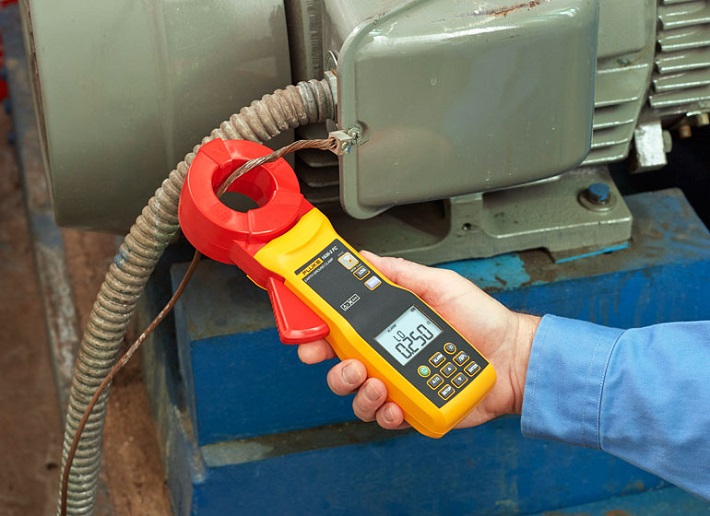Resistance testers have been a crucial part of electricity system maintenance, and one of the most convenient types of testers for quick and easy measuring are clamp on testers. A clamp on ground resistance tester can measure the current flowing through a conductor, by incorporating a current transformer which in turn displays accurate readings. Clamp on resistance testers have many advantages, and they’re incredibly versatile. They can be used to measure voltage, current, continuity, resistance and crest factor.

The two main advantages of a clamp on ground resistance tester are its convenience and safety. There’s no need for any physical contact between the conductor and the jaws of the tester. Due to the non-contact method, clamp on testers are one of the most popular tools for measuring current among electricians. In terms of convenience, you don’t need to shut down the circuit supply when measuring with clamp on testers. This makes the measurements hassle-free, and it also increases productivity and efficiency.
If you want to upgrade to a better clamp meter, or are just now buying your first one, there are a couple of important factors to consider when looking at all the different models available. A couple of important points to consider are the meter’s AC and DC current range, the AC and DC voltage, and the opening size of the jaws. The selection of these will vary depending on the working conditions of the circuit whose measurements you want to take.
Depending on the specific model, clamp on testers can have a wide range of different features. Some models allow for resistance measurement on earth probes using the ground loop method, measurement of leakage current on earth installations, data storage of measurement results, detection of current noise, backlight, placing alarm thresholds on measurements, etc.
Regardless of the model you end up picking, it’s important that it’s in compliance with IEC/EN 61010-1, CAT III, meaning that the instrument should be rated to withstand high voltage spikes. Higher voltage spikes have a higher chance to overload a circuit and cause physical and electrical damage. The higher the CAT rating is, the safer the instrument will be. This isn’t necessary for some basic domestic testing, but it’s absolutely necessary for performing tests in industrial environments.
That being said, doing your homework and carefully considering the factors in play before you start looking at the different models available will save you a lot of time and money in the long run.



